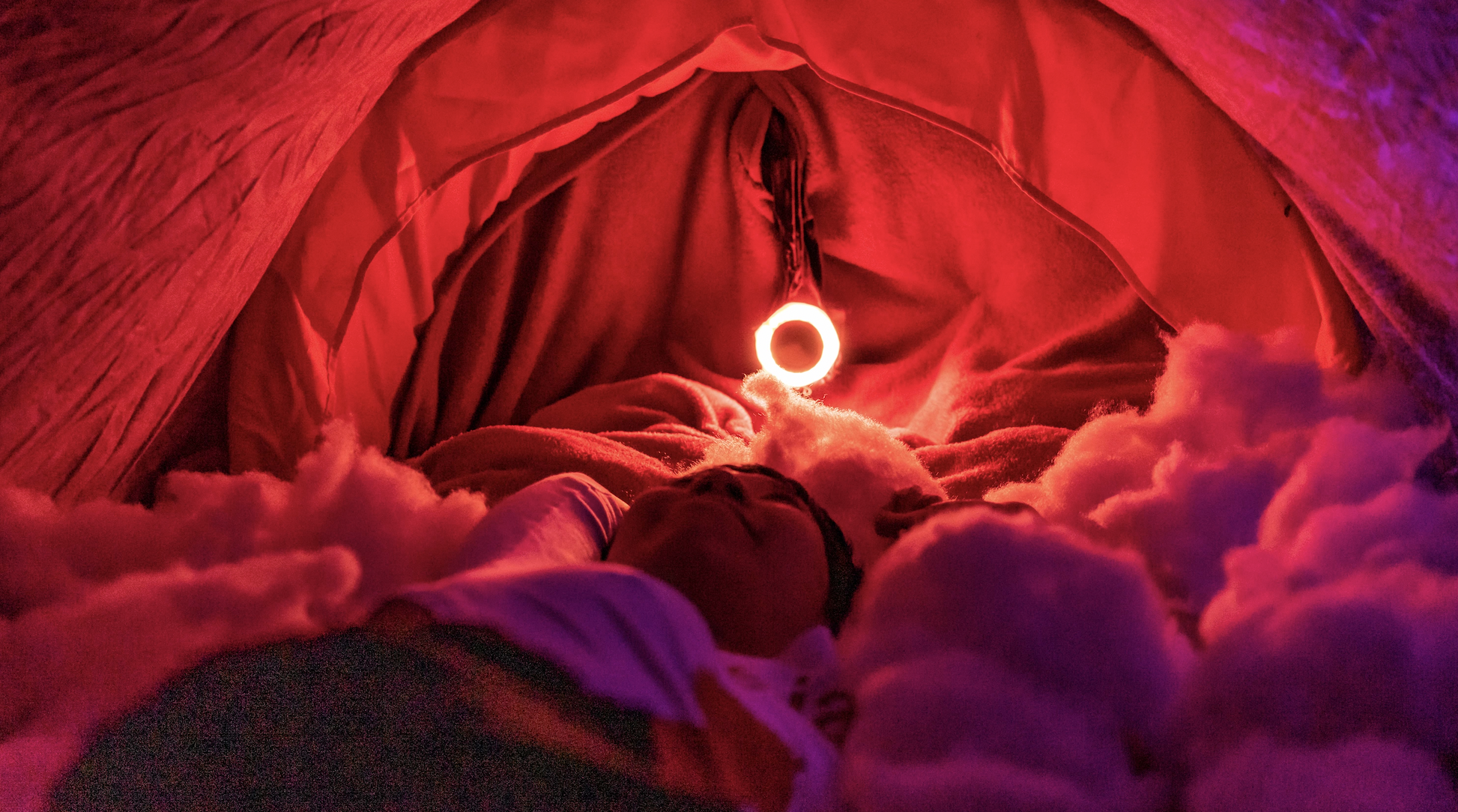
A brief overview of my renewable energy work
energy modelling • hydro energy • sun-tracking • energy sovereignty • wind energy
🌀 electrification & energy modelling
I design heating & cooling systems and net-zero carbon buildings at Alter Engineers. I care about this work because I already know how to build dwellings, so this work rounds up my skill set to fully design and engineer sustainable houses (hopefully in some eco-villages in the future).
🌀 hydro energy
At Natel Energy, I built fish-safe water turbines to reduce the deadly impact of hydropower on ecosystems as a mechanical engineer and environmental researcher. I conducted and published a peer-reviewed study to test the turbine's impact on passing eels.
🌀 energy sovereignty
As part of my Master's in Engineering, Sustainability, and Health, I explored the potential of a 50 kW turbine for energy sovereignty and ethical supply chain design with students from Olin College and CalPoly.
🌀 sun-tracking for solar panels
I built and upgraded a solar system for an off-the-grid community in North Carolina. I was particularly proud to engineer a sun-tracker (pan-tilt mechanism) for five solar panels with Odalys Benitez.
🌀 wind turbine siting & design
As part of the same community project, I conducted a wind turbine siting study and prototyped a vertical-axis wind turbine with Jasmine Kamdar.





















































